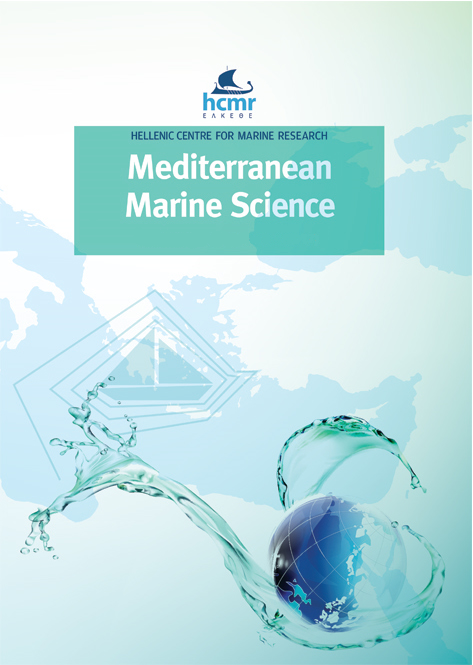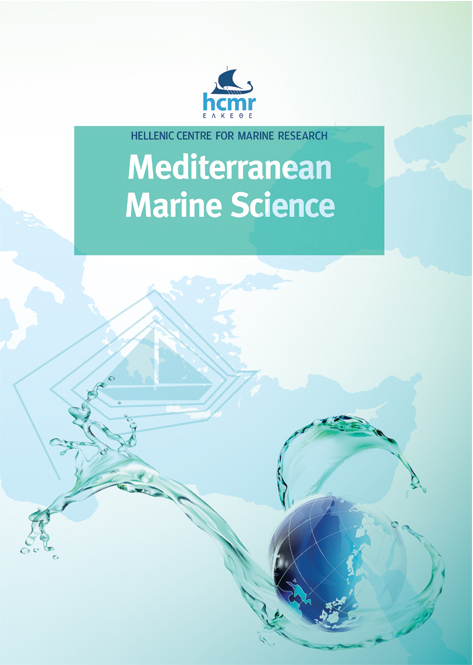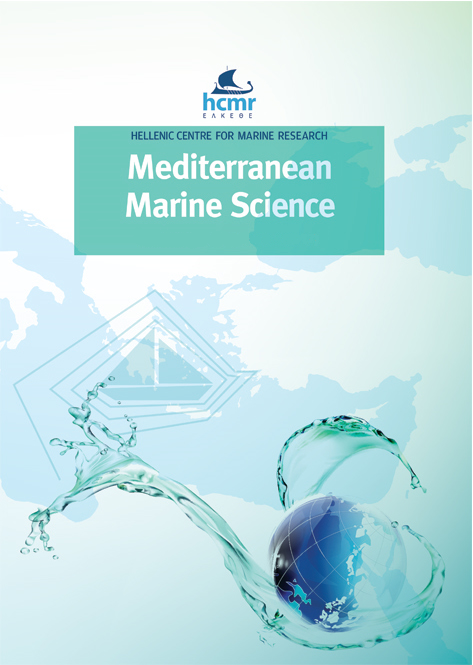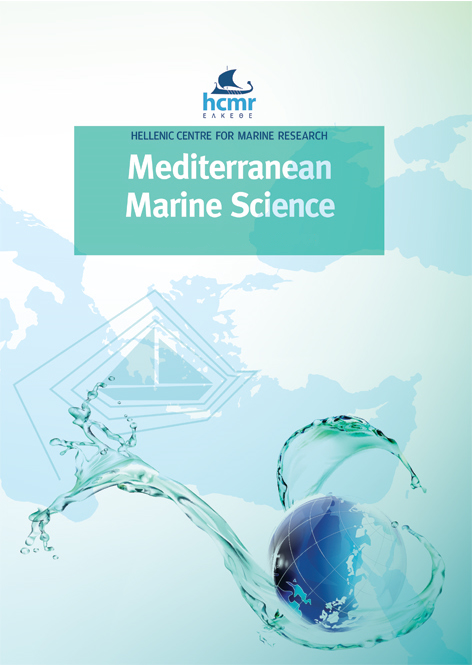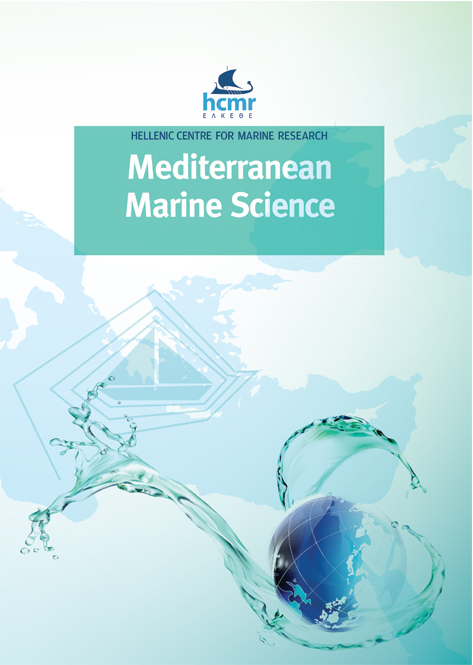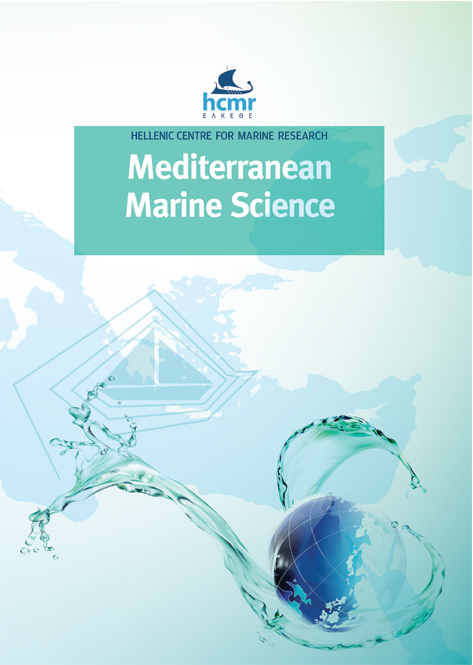Comparative feeding habits of the invasive non-indigenous devil firefish Pterois miles and the indigenous scorpionfishes Scorpaena porcus, Scorpaena scrofa, and Scorpaena notata on the southwest coast of Türkiye, eastern Mediterranean
Resumen
The feeding habits of the invasive alien devil firefish (Pterois miles) and the indigenous scorpaenids Scorpaena porcus, Scorpaena scrofa, and Scorpaena notata in the eastern Mediterranean Sea were investigated based on stomach content analysis. Furthermore, we examined whether these confamiliar species feed upon similar prey. Specimens were captured by professional fishers using trammel nets on the southwestern coast of Türkiye in the winter and summer of 2021. A total of 608 stomachs (286 P. miles, 112 S. porcus, 136 S. scrofa, and 74 S. notata) were investigated. The results demonstrate that the diet of P. miles included a total of 45 taxa, with 33 identified at the species level (27 indigenous, 6 non-indigenous), while those of the three congeneric scorpaenids included a total of 46 taxa and 37 identified species (30 indigenous, 7 non-indigenous). For P. miles, the highest index of relative importance (%IRI) values were determined for fish in both seasons (83.44% in winter, 93.82% in summer), with the damselfish Chromis chromis being the most preferred species. S. scrofa fed mainly on fish in winter and cephalopods in summer, whereas the diets of S. porcus and S. notata included mainly crustaceans in both seasons. In winter, P. miles exhibited a higher percentage of empty stomachs, demonstrating a significant difference in the vacuity index in different sampling seasons, while other scorpaenids did not exhibit statistically significant differences. This study also provides the northernmost record of the non-indigenous crab species Gonioinfradens giardi and the second record of the squat lobster Dactylonida curvimana in Türkiye. It also provides new reports of rarely observed fish species for the eastern Mediterranean, including Bellottia apoda and Odondebuenia balearica.
Article Details
- Cómo citar
-
ÖNDES, F., ÖZDEN, U., ALAN, V., IRMAK, E., & GÜÇLÜSOY, H. (2024). Comparative feeding habits of the invasive non-indigenous devil firefish Pterois miles and the indigenous scorpionfishes Scorpaena porcus, Scorpaena scrofa, and Scorpaena notata on the southwest coast of Türkiye, eastern Mediterranean. Mediterranean Marine Science, 25(3), 753–767. https://doi.org/10.12681/mms.38039
- Sección
- Research Article
Authors who publish with this journal agree to the following terms:
- Authors retain copyright and grant the journal right of first publication with the work simultaneously licensed under a Creative Commons Attribution Non-Commercial License that allows others to share the work with an acknowledgement of the work's authorship and initial publication in this journal.
- Authors are able to enter into separate, additional contractual arrangements for the non-exclusive distribution of the journal's published version of the work (e.g. post it to an institutional repository or publish it in a book), with an acknowledgement of its initial publication in this journal.
- Authors are permitted and encouraged to post their work online (preferably in institutional repositories or on their website) prior to and during the submission process, as it can lead to productive exchanges, as well as earlier and greater citation of published work (See The Effect of Open Access).

